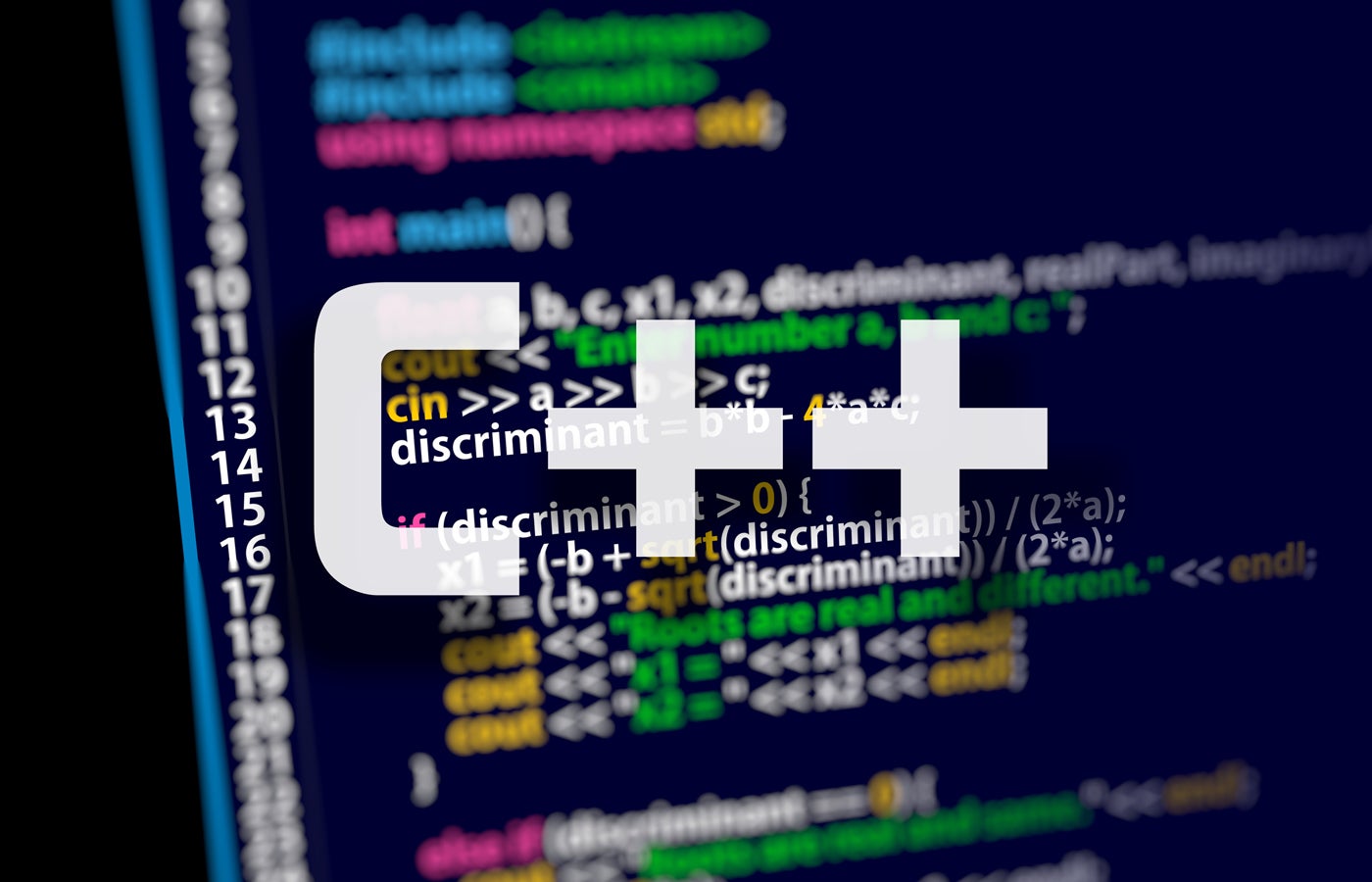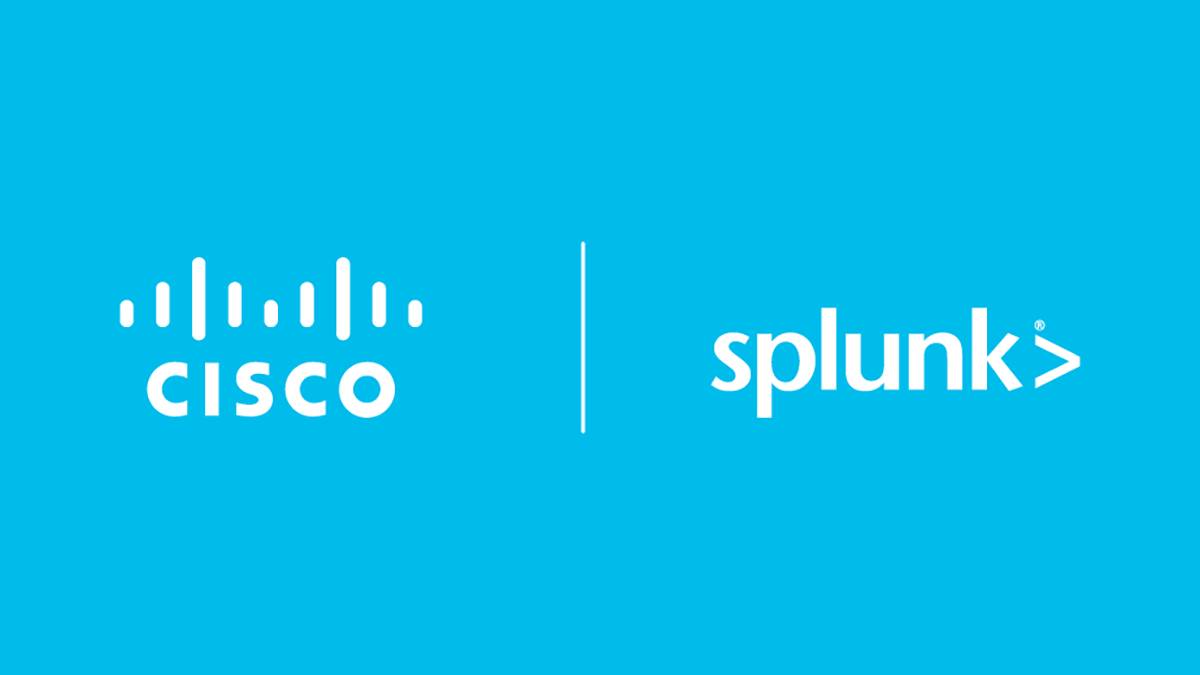Consistent, high-quality customer service is a key element of a high-performing call center.
The best way to ensure this is through call center quality monitoring. With it, you’ll gain insight into agent performance and opportunities for improvement, helping you work towards achieving a higher quality bar overall.
Types of quality monitoring in call centers
Call center quality can be measured at different points in the customer journey.
Each stage requires a unique strategy and has its own advantages and disadvantages. Below we discuss in detail what quality control looks like throughout the different phases of the customer journey.
Real-time call center quality monitoring
As the name suggests, real-time monitoring allows you to listen to calls while they are in progress. It gives you complete oversight of live interactions between agents and customers, offering a unique vantage point to assess service quality as it unfolds.
This is achieved through techniques such as silent monitoring, which allows supervisors to discreetly listen to live calls.
Managers can also take a more active role in real-time monitoring. For example, whisper coaching allows them to offer subtle guidance during calls. This type of monitoring also has intervention capabilities, meaning they can intervene directly if necessary.
The most important benefit is instant feedback. Allowing agents to refine their approach in real time can lead to better overall customer service quality.
It is also invaluable for addressing urgent issues during calls, safeguarding customer relationships, and enriching agent training.
For some agents, having a coach on the call can be comforting. It feels more like teamwork and they know they have help if something goes wrong.
That said, the intensity of real-time monitoring can be a waste of resources, especially when it comes to a supervisor’s time. If your managers are already overworked, it’s not the most efficient route, as it requires constant involvement.
There is another drawback: for every agent who likes to be coached, there is another who dreads the idea that their calls could be monitored at any time. This can put additional pressure on agents, who are already at high risk of stress and burnout.
The added pressure could potentially impact your everyday interactions.
Post-call quality monitoring
With post-call quality control, customer interactions are analyzed after they occur. This gives supervisors some additional flexibility, as they can select specific calls for review or analyze a random sample.
Additionally, post-call follow-up offers more room for detailed feedback. The process can be tailored to create targeted sessions that address specific areas of improvement.
If one of your agents is having trouble explaining a complex billing issue to a frustrated customer, their supervisor could schedule training to teach them everything they need to know about billing and help them take a better approach next time.
Specific coaching, as opposed to the broader feedback offered in real-time monitoring, allows for highly focused improvement.
Post-call monitoring can also be great basic training material for compliance and quality control. Let’s say your agents need to collect specific information during each call – supervisors could compile a library of calls showing compliant and non-compliant interactions.
These recordings can be used to train new officers and ensure everyone is following the latest protocols.
Essentially, you're building a reference library of best practices and potential pitfalls, all of which are readily available for future training.
However, the post-call approach is not without its drawbacks.
The time lapse between the call and the feedback session can make it difficult to understand. If an agent is struggling, it’s ideal for them to receive guidance as soon as possible. If feedback comes later, they risk being on the phone with other customers before they know they did something wrong.
Depending on the size of your call center, the sheer volume of calls can also be overwhelming. Sifting through hours of recordings to identify valuable training opportunities requires dedicated resources and a systematic approach.
Automated call center monitoring
Automated call center quality monitoring leverages AI to assess call quality.
By using AI transcription, natural language processing (NLP), and sentiment analysis, this approach is the most scalable for analyzing large volumes.
Automated monitoring can be great for providing objective insights based on data from hundreds or even thousands of calls (something humans couldn't do) for areas like:
- Customer sentiment.
- Agent adhesion to scripts.
- Compliance with regulatory standards.
It also shows you high-level trends that will be difficult to obtain through manual reviews.
Let’s say you want to understand how customers generally feel about a recent product launch. With automated monitoring, you can quickly analyze a large set of calls and identify patterns in customer impressions.
Are you excited about the new features? Are there common issues that keep popping up? AI handles the collection and analysis of large volumes of data with ease.
However, this method often overlooks the human subtleties of communication.
Aspects like tone, nuances of language, slang, emotional context, and other things that a human would intuitively understand can be completely lost with a fully automated approach.
Implementing sophisticated AI systems can also be a major challenge.
Integration with existing call center infrastructure requires technical expertise and financial investment. Not all call centers have the resources to purchase expensive software or hire the IT staff needed to seamlessly integrate systems.
When to use real-time call center monitoring
One approach is not necessarily better than the others. It depends on your situation, resource constraints, and objectives. The best quality control strategy leverages all three.
Think of real-time monitoring as on-the-job training. New agents can learn from real interactions, mimicking successful approaches and receiving instant guidance from supervisors. Real-time feedback accelerates the learning curve and ensures new agents have everything they need to deliver exceptional customer service from day one.
It also acts as a safety net against potential problems.
Supervisors can identify problematic interactions before they escalate and intervene or provide live coaching to resolve the situation.
Recommended Real-Time Call Center Monitoring Platforms
Pleasant in contact
Nice inContact goes beyond basic monitoring. Whisper coaching and intervention features allow supervisors to act as invisible, real-time guides for agents. This makes it a perfect choice for call centers that prioritize hands-on training and immediate quality control.
]
Five9
Known for its robust cloud contact center solutions, Five9 also offers real-time monitoring. Supervisors can monitor agent interactions, identify potential issues, and ensure a consistent level of high-quality customer service across the board. However, if you run a smaller contact center, Five9’s many features may prove too costly and overwhelming.
]
When to use post-call monitoring
While real-time monitoring has its place, post-call monitoring offers the opportunity to take a deep breath and look at the bigger picture.
It is ideal for personalized assessments and long-term improvements across your business.
Post-call monitoring allows supervisors to analyze calls, identify areas for improvement, and use them as training tools in the future. This level of detail provides valuable information that could be overlooked in the fast-paced environment of real-time monitoring.
It also goes beyond individual calls.
Supervisors can analyze trends over time to identify areas where the entire team may need additional training or where specific protocols need to be revised.
Recommended Post-Call Monitoring Platforms
Call Miner
CallMiner specializes in conversation analysis. Its post-call analysis tools are like a microscope for measuring agent performance and customer satisfaction. CallMiner helps identify areas for improvement, recognize top performers, and track progress over time.
]
Verint
Focused on workforce engagement, Verint’s post-call analytics suite helps supervisors identify training opportunities and operational improvements. By analyzing call recordings, they can identify areas where agents might need additional support or where processes can be streamlined. Verint is a very comprehensive solution. Its Experience Management for Contact Center™ allows you to collect, integrate, analyze, and act on experience data before, during, and after a call.
]
When to use automated call center monitoring
If you handle a high volume of calls, automated monitoring will have many positive aspects.
With it, you can analyze and compile data from hundreds (or thousands) of calls in a matter of minutes.
Automated monitoring gives call centers a comprehensive overview of quality trends, customer sentiment, and potential compliance issues. This allows your supervisors to identify areas that might require further investigation without getting bogged down in individual call reviews.
Automating repetitive tasks, such as reviewing calls, also saves valuable time. Managers can focus on more strategic initiatives, such as training, coaching, and process improvement.
In general, automated monitoring strikes a balance between thoroughness and efficiency.
This allows your call center to maintain high service standards while streamlining quality assurance processes.
Which type is right for you?
Taking advantage of call center quality monitoring is not necessarily a win-win decision. Each strategy has its strengths and weaknesses.
The best monitoring approach leverages all three types for the use cases for which they are best suited.












